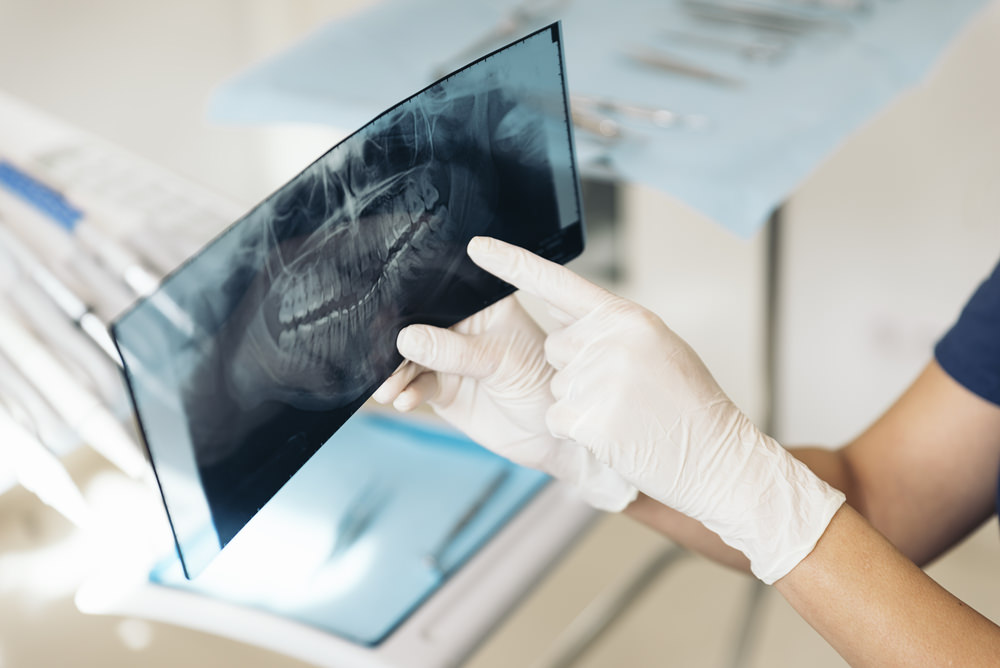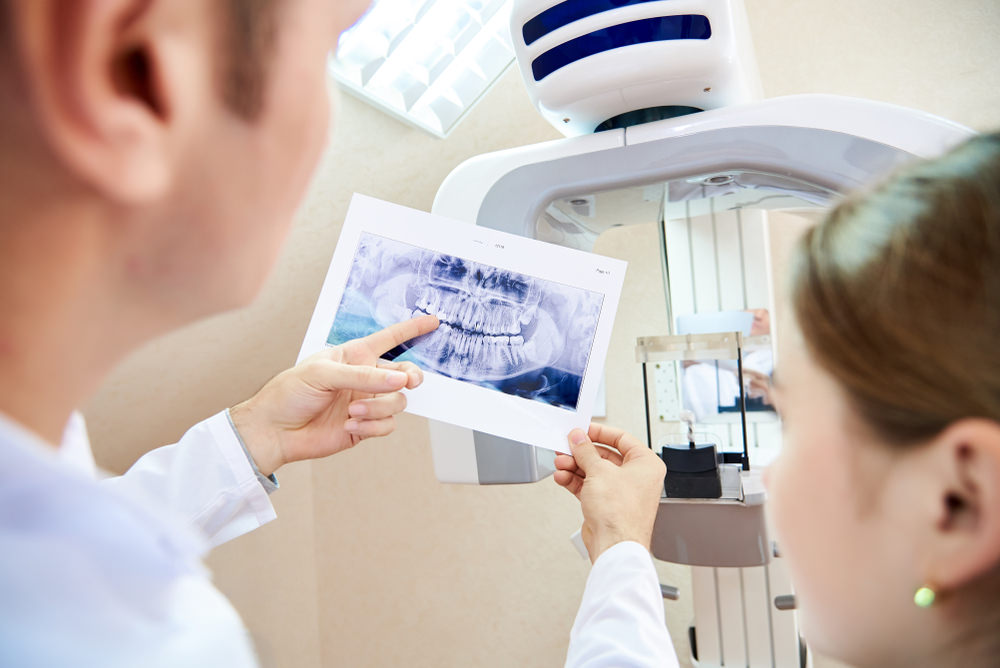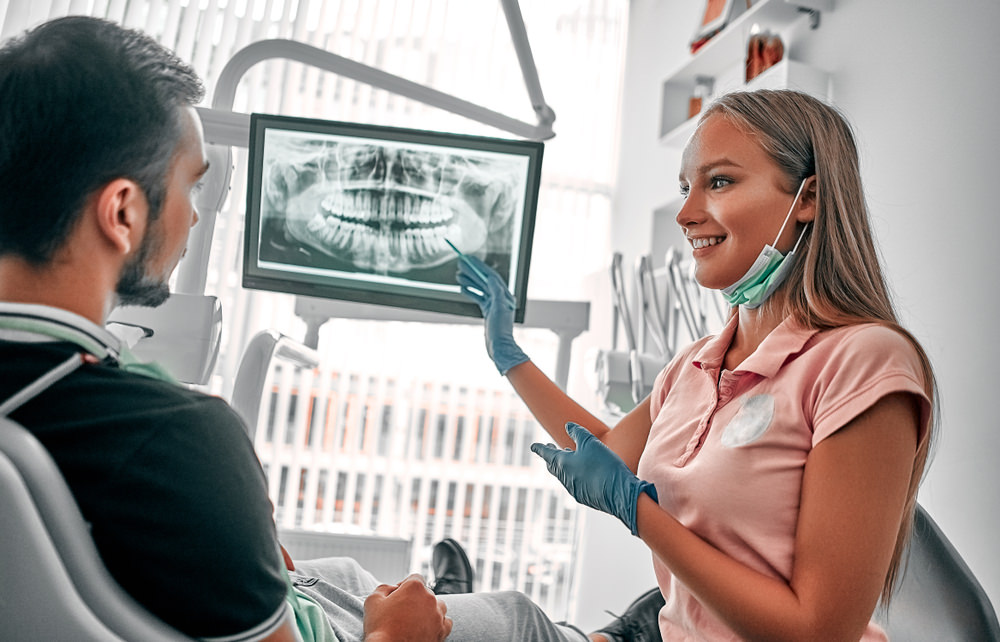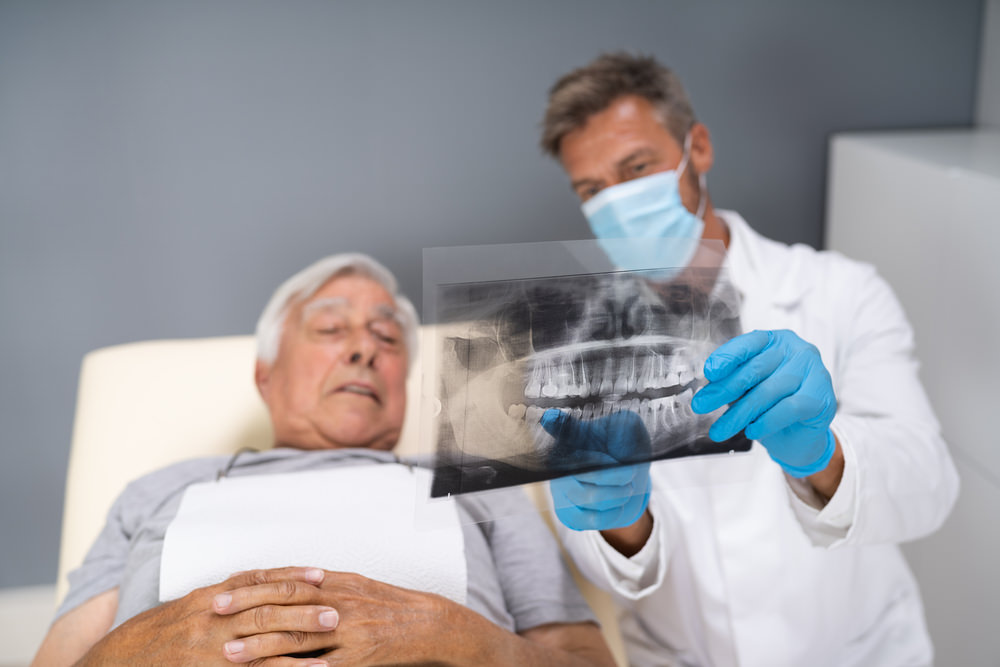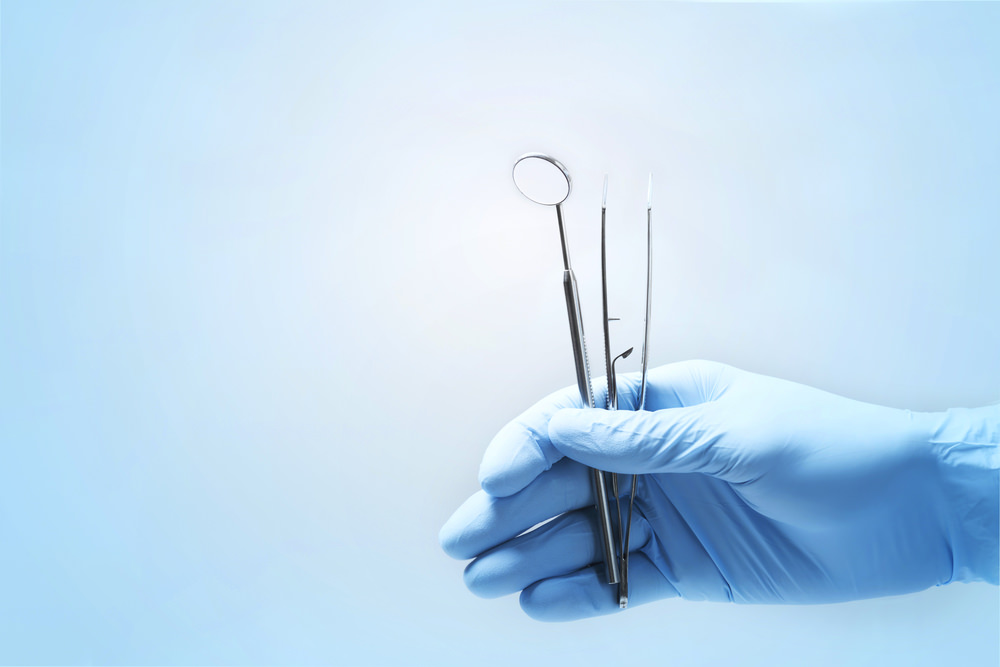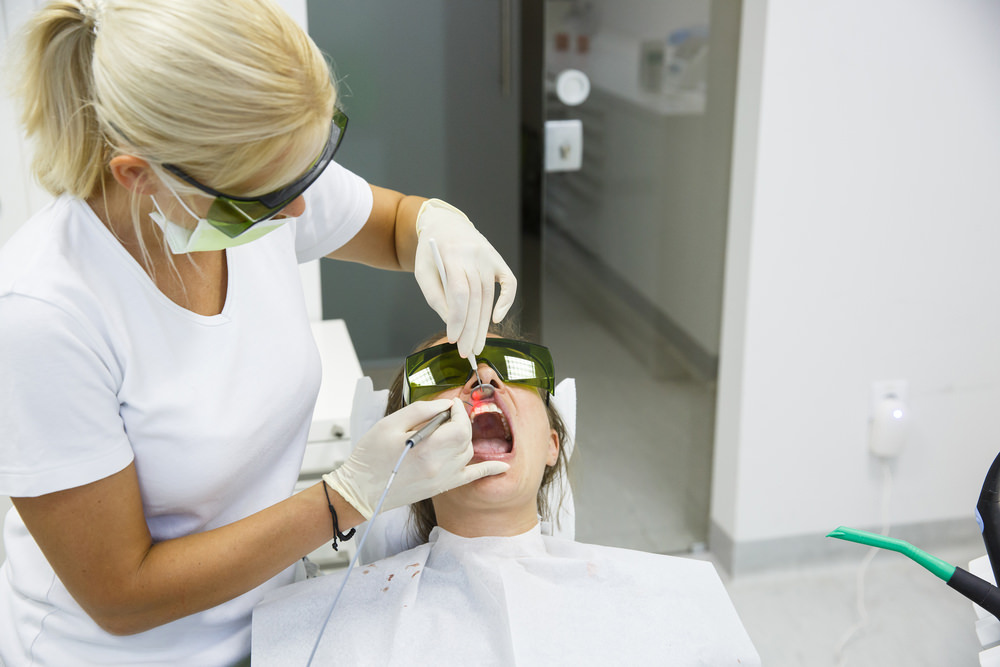Dental X-Rays: Are They Safe or Should You Worry?
A common question dentists get asked is – are dental x-rays safe?
Yes – dental x-rays are safe.
You are exposed to only small amounts of radiation.
The technology used on modern x-rays is far better than the older style of x-rays and have reduced radiation by as much as 80%.
This makes them safe for most people in most situations.
However, there are some situations when an x-ray is not recommended.
Today I will talk about how dental x-rays work.
I will cover the different types of dental x-rays, the questions that you should ask your Dentist, and whether there can be any negative side effects.
Without delay, let’s begin.
How Do X-Rays Work?
When the x-ray moves through your mouth, your teeth and bones draw in much more of the rays than your surrounding gums and soft tissues.
This means that your teeth show up lighter on the x-ray image, while any cavities, decay or infections will show up as darker spots, as they have not absorbed as much of the x-ray.
So, when the x-ray images are ready, your dentist will check them over for any oddities.
What Are the Different Types?
Dental x-rays are separated into two different categories, which I have listed for you below.
Little Digital X-Rays
This is your standard dental x-ray – the x-ray your dentist will perform in their clinic, by placing a film, either a bitewing or Periapical film (PA), in your mouth.
As it’s only small, they only get a small picture – that is, an x-ray of certain teeth, not the entire mouth.
It still provides your dentist images of that portion of the mouth and the bones surrounding your teeth, letting them see:
- Any cavities.
- Any teeth that are developing, and the condition they are in (such as young children growing adult teeth, or adults getting wisdom teeth).
- If the bone around your teeth is in a good state.
- The roots of your teeth.
- Into the health of your gums to a greater extent, therefore determining the cause of any gum diseases.
- How healthy your teeth are overall, and ensuring they stay in good shape, by preventing them from developing any diseases.
Big X-Rays – Orthopantomogram or OPG
The other type of x-ray is the machine that makes its way around your head.
These take panoramic (wide view) x-rays of the entire lower face in a single film, showing:
- Your whole mouth, both your upper and lower jaw.
- Your joints.
- Any issues with your jawbone and the joint which connects the jawbone to the head (the Temporomandibular joint or TMJ).
- Every one of your teeth, their position, and how much they have grown, even if they are yet to erupt.
- All of your bone inside your mouth.
- Your sinuses, and
- All of the nerve vessels in your lower jaw.
However, only some dental clinics have their own OPG machine where they can perform the x-ray on site.
Other clinics will write you a referral to a radiologist.
OPGs may be required for planning orthodontic treatment, assessing your wisdom teeth, or a general overall view of your teeth and bone.
If you would like to know more about these x-rays, such as how much they cost, you can view my blog here.
What Questions Should You Ask Your Dentist?
Now, although dental x-rays are typically safe, as mentioned, extreme amounts of radiation aren’t necessary.
So, some questions to ask your Dentist are below.
Do you use high-speed film?
Older, slower technology uses D speed film, which produces roughly 50% more radiation.
This is still widely used. Check your dentist uses faster film, such as E or F speed.
When do you take 3D scans?
Although a 3D scan shows great cross-sectional images of your teeth and jaw, the dose of radiation can be up to 67 times greater than conventional x-rays.
So, many major dental groups only suggest using 3D scans when not enough information can be gathered from regular x-rays.
Is this just a routine x-ray?
Simply put, it shouldn’t be.
Your dentist will only perform an x-ray when they must see what they are working with – before many procedures they need to do.
So, you should be able to see a dental x-ray as a safety strategy for you, so the dentist can see what is below the surface when operating.
Can There Be Negative Side-Effects?
Should you be concerned about any side effects occurring as a result of getting dental x-rays?
Well, conventional knowledge tells us there is no safe dose of radiation.
But new research suggests there is a threshold level for radiation, and provided you stay underneath that level, all x-rays are safe.
Dental x-rays also deliver a smaller dose of radiation in comparison to other types of x-rays.
This dose is very little – the amount has lowered by as much as 80% in the last decade, due to the advances in technology.
The Australian Government has limited those who work with radiation to a maximum yearly dose of 50.0 mSv.
The digital x-ray, which is the most common type, has a dose of only 0.02 mSv.
So, it’s safe to say you can have many of these per year, while still remaining under the yearly limit.
In addition, radiation is in all parts of your life, not just x-rays.
Dental X-rays will give you a similar amount of radiation to roughly two hours in the sun, or an hour on a flight.
Dentists also still have the same methods of safeguard in place, including:
- Lined walls.
- You’ll be asked to wear a lead “bib”, which covers you fully from your neck to your knees, preventing any unnecessary radiation to your vital organs, and
- Any young children, women of childbearing age, or those with a thyroid condition, may be asked to wear a thyroid collar as well. This is as the thyroid gland is highly sensitive to radiation, particularly in children.
These are all preventative measures to make sure you remain away from any stray radiation that may ensue, although the odds of that happening is not likely.
There are some exceptions to the note here.
Pregnant women and X-Rays
If you’re pregnant or think you may be pregnant, you may have heard you should avoid x-rays.
So, although the amount of radiation in dental x-rays is quite small, pregnant women should abstain from getting dental x-rays unless they are necessary.
Nobody does like to perform an x-ray on somebody who may be with a child, due to potential side-effects – developing fetuses are thought to be more susceptible to radiation problems than adults.
But while pregnant, a woman is at greater risk of developing gingivitis.
So, it’s important not to ignore what may be possibly a severe dental problem because of fears about radiation.
But please advise your dentist if there’s a chance you may be pregnant.
If pregnant and you require an x-ray, your dentist will give you a lead apron and thyroid collar, to protect your vulnerable regions.
This great article talks about when it’s a good time to visit a dentist while pregnant.
Another article discusses treatments to avoid whilst pregnant.
What Else Should You Know
While we mentioned that children and women of childbearing age should wear protective lead bibs and thyroid collards for dental x-rays, we haven’t discussed:
- Women who are breastfeeding.
- Women trying to become pregnant.
Rest assured there are no added risks associated with dental x-rays if you fall in these categories.
However, it’s still wise to mention it to your dentist.
Next, if you don’t have one dentist you see regularly, such as if you move or travel a lot, I will let you know what dental records to take with you.
Your dental records are actually a means of identification for police records.
Dentists are very alert to that, so please don’t let this worry you.
Just like your doctors’ records, your dentist has many laws about privacy to which they must comply.
They cannot and will not just hand this information out to anyone.
If required, the only way they’ll give it out is by acting according to the law given to them by police and hand it to them.
That being the case why they also need to keep the information in their database.
There are no further concerns regarding getting a dental x-ray.
They’re entirely painless – all materials and regulations are made to conform to reducing harm for the patient.
If you’re organic or vegan there’s no need to worry – all you’ll be biting on is a plastic gadget.
Conclusion
Dental x-rays have gained a name for themselves as being unsafe, due to the radiation you’re exposed to.
Whereas the opposite is true – they’re only used when needed for your safety.
If you still have any concerns, feel free to read, ”When and Why it is Necessary to Take a Dental X-Ray”.
Any other questions about X-Rays? Ask us in the comment section below!
By Anthony Cade
Created at July 09, 2021, Updated at January 25, 2025


